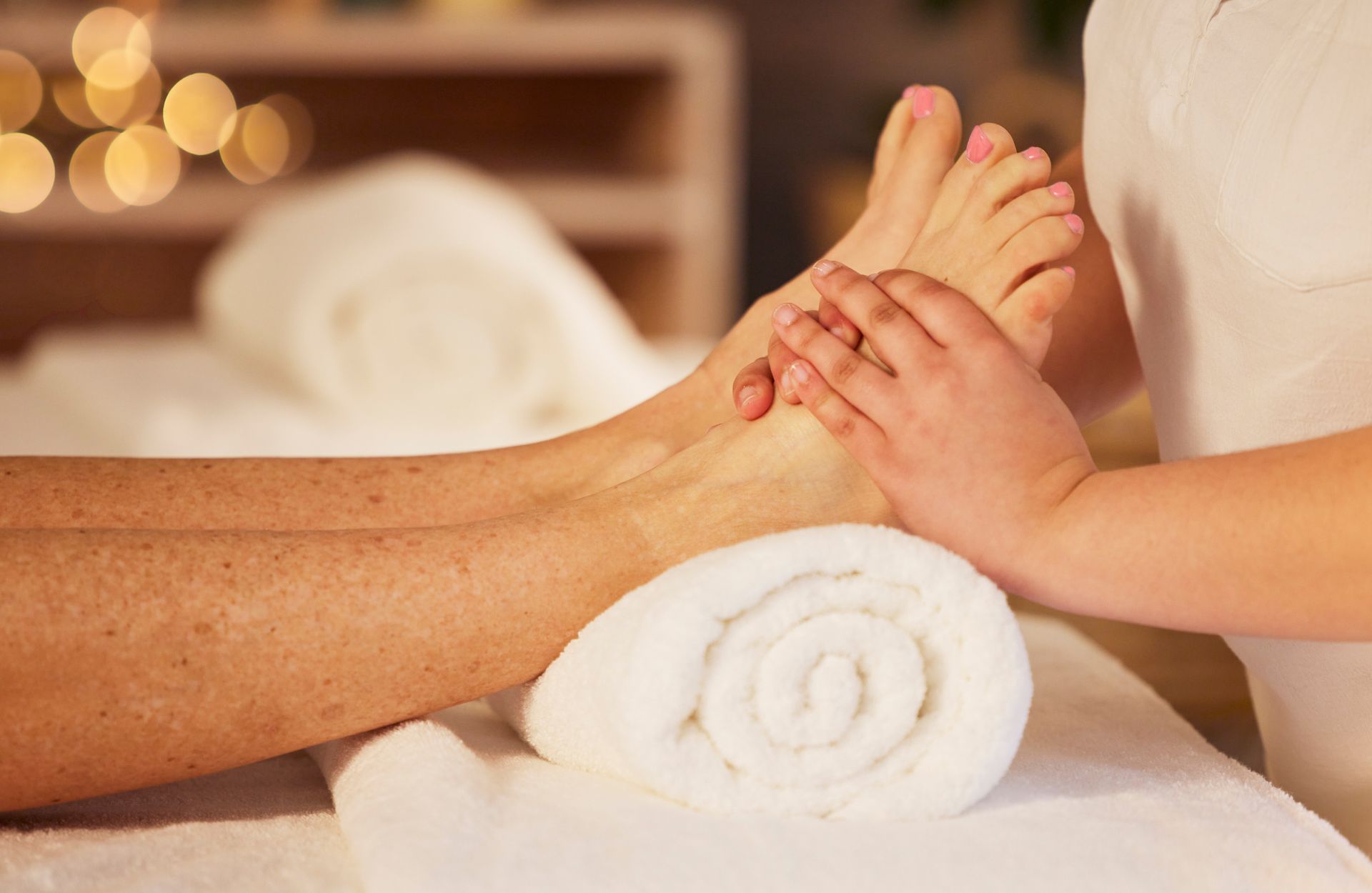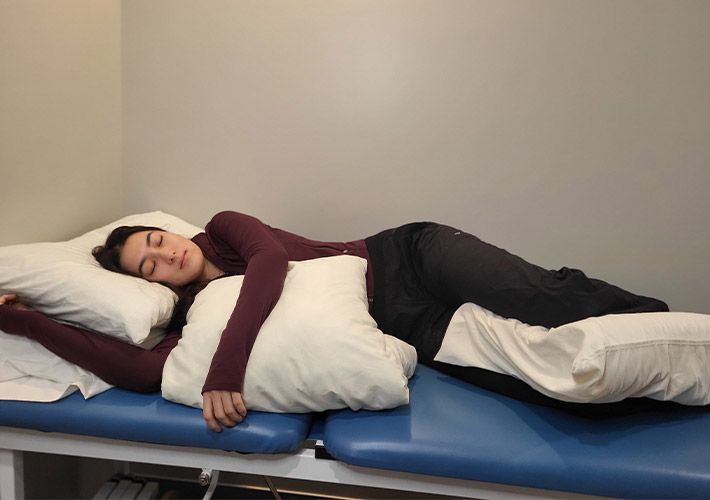Understanding Reflexology in Buffalo: How It Can Improve Your Wellbeing

Reflexology is a holistic therapy that has gained significant attention in Buffalo for its potential to enhance overall well-being. As people increasingly seek natural and non-invasive methods to manage stress, alleviate pain, and promote general health, reflexology stands out as a powerful option. This ancient practice, based on the principle that specific points on the feet, hands, and ears correspond to different body organs and systems, offers a multitude of benefits that can improve your quality of life.
What is Reflexology?
Reflexology is an alternative therapy that involves applying pressure to specific points on the feet, hands, or ears. These points, known as reflex zones, correspond to various organs and systems within the body. By stimulating these reflex zones, reflexologists aim to promote healing and balance in the body. While reflexology is often associated with foot massages, it is a distinct practice with its own unique methodology and benefits.
Reflexology dates back to ancient civilizations, with roots in Egypt, China, and India. Over time, it has evolved into a structured therapeutic approach, with modern reflexologists using detailed maps of the reflex zones to guide their practice. In Buffalo, reflexology has become a sought-after service for those looking to enhance their well-being through natural means.
How Does Reflexology Work?
Reflexology is based on the body containing a network of energy pathways. When these pathways are blocked or out of balance, it can lead to discomfort, illness, or unwellness. Reflexologists use their hands to apply specific techniques that stimulate these pathways, promoting the free flow of energy and encouraging the body's natural healing processes.
Reflexology is often compared to acupuncture and acupressure, as all three therapies focus on energy flow and balance. Reflexology uses reflex points located on the feet, hands, and ears. By targeting these areas, reflexologists can address a wide range of health issues, from headaches and digestive problems to chronic pain and stress.
Benefits of Reflexology in Buffalo
Buffalo residents who explore reflexology can experience many benefits. Whether you’re new to this therapy or a seasoned enthusiast, understanding the specific advantages it offers can help you decide if it’s the right choice for you.
- Stress Reduction
One of the most commonly reported reflexology benefits in Buffalo is stress relief. The practice promotes relaxation by stimulating nervous system reflex points. Many clients leave a reflexology session feeling calm, centered, and rejuvenated. In a bustling city like Buffalo, where life can be fast-paced and demanding, reflexology offers a much-needed escape from daily stressors. - Pain Management
Reflexology has been found to be effective in reducing pain, particularly in chronic pain conditions. Whether you're dealing with migraines, arthritis, or back pain, reflexology can relieve it by targeting the reflex points connected to the affected areas. Buffalo residents seek reflexology as an alternative or complement to traditional pain management strategies. - Improved Circulation
By stimulating specific reflex points, reflexology enhances blood circulation throughout the body. Improved circulation means oxygen and nutrients are more efficiently delivered to cells, promoting overall health. Buffalo residents with circulation issues, such as cold hands and feet, often turn to reflexology for this benefit. - Enhanced Immune Function
Reflexology boosts the immune system by encouraging natural healing processes. Regular sessions can help keep your immune system strong, making it easier to fend off illnesses. During Buffalo’s harsh winters, when colds and flu are common, maintaining a strong immune system is particularly important. - Better Sleep
Many clients report improved sleep patterns after regular reflexology sessions. By reducing stress and balancing the body’s energy, reflexology can help you fall asleep more easily and enjoy a deeper, more restorative rest. If you’re struggling with insomnia or other sleep disorders, reflexology in Buffalo might be worth exploring. - Digestive Health
Reflexology can improve digestive health by stimulating reflex points related to the digestive system. If you suffer from bloating, constipation, or irritable bowel syndrome (IBS), reflexology could provide relief. The therapy balances energy flow within the digestive tract, promoting smoother and more efficient digestion.
Reflexology in Buffalo: What to Expect
When you book a reflexology session in Buffalo, you can expect a relaxing and personalized experience. Your reflexologist will discuss your health concerns and goals. Based on this consultation, they will create a tailored treatment plan that targets the specific reflex points corresponding to your needs.
A typical session lasts about 30 to 60 minutes, during which you’ll be seated or lying down comfortably. The reflexologist will apply pressure to the reflex zones on your feet, hands, or ears, using various techniques to stimulate these areas. While some points may feel tender, most clients find the experience deeply relaxing. It’s not uncommon to fall asleep during a session!
In Buffalo, many reflexologists offer additional services like Reiki or Prenatal Massage that complement your reflexology treatments. For example, combining reflexology with Reiki in Buffalo can enhance energy flow and provide deeper relaxation.
Finding the Right Reflexologist in Buffalo
Choosing a qualified and experienced reflexologist is key to getting the most out of your sessions. When searching for a reflexologist in Buffalo, consider the following factors:
- Credentials and Training: Ensure that your reflexologist has the proper training and certifications. Many practitioners have completed extensive courses and hold credentials from recognized reflexology associations.
- Specializations: Some reflexologists specialize in certain areas, such as prenatal reflexology or pain management reflexology. If you have specific health concerns, look for a practitioner with expertise in that area.
- Client Reviews: Reading client reviews can provide insight into the practitioner’s approach and effectiveness. Look for positive feedback about the reflexologist’s professionalism, communication, and results.
- Personal Connection: It’s important to feel comfortable with your reflexologist. Many practitioners offer a free consultation, which can help you determine if their approach aligns with your needs.
Buffalo is home to wellness centers and independent practitioners offering reflexology services. Whether you’re seeking relaxation, pain relief, or overall wellness, you’re likely to find a practitioner who meets your needs.
Reflexology is a powerful tool for well-being. With its numerous benefits—from stress reduction and pain management to improved circulation and immune function—this holistic therapy is a valuable addition to any wellness routine. If you’re in Buffalo and looking to improve your health naturally, reflexology might be the perfect solution.
By understanding how reflexology works and what to expect from a session, you can make informed decisions about incorporating this therapy into your wellness plan. With the right practitioner, reflexology can help you achieve greater balance, relaxation, and overall health.
For those interested in exploring other holistic therapies, consider adding Reiki or Prenatal Massage to your wellness regimen. These complementary treatments can work alongside reflexology to support your body’s natural healing processes and enhance your well-being.
Discover the benefits of reflexology in Buffalo today and take the first step toward a healthier, more balanced life.












